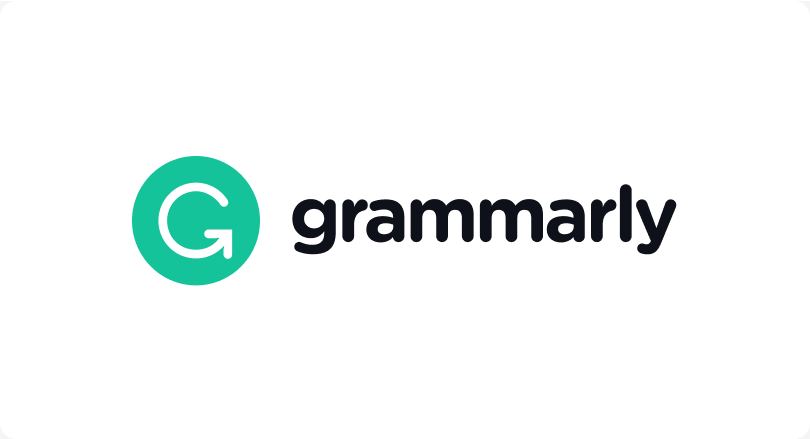Analysis of Understanding of Student Concepts in Solving Absolute Value Problems
DOI:
https://doi.org/10.33477/mp.v7i2.1156Keywords:
Absolute Value, Understanding Concepts, Problem SolvingAbstract
Tujuan penelitian ini adalah untuk mendeskripsikan pemahaman konsep dalam menyelesaikan masalah nilai mutlak. Penelitian ini merupakan penelitian deskriptif kualitatif. Dalam penelitian ini peneliti sebagai instrumen utama dan tes uraian menjadi instrumen pendukung. Data penelitian diperoleh dari hasil think alouds dan wawancara. Penelitian ini dilaksanakan di SMA Negeri 11 Ambon dengan subjek penelitian dalam tulisan ini sebanyak 1 orang yang diambil berdasarkan snowballsampling dari 9 siswa. Hasil penelitian menunjukkan bahwa pemahaman konsep siswa diawali dengan menerjemahkan bentuk abstrak ke bentuk yang lebih kongkrit, yakni dengan menentukan hal yang diketahui dan hal yang ditanyakan.Selanjutnya menginterpretasikan penyelesaian masalah secara algoritmik, dan langsung dapat menarik kesimpulan atau mengekstrapolasi. Kata kunci: Nilai Mutlak, Pemahaman Konsep, Penyelesaian Masalah Abstract The purpose of this study is to describe the understanding of concepts in solving absolute value problems. This research is a qualitative descriptive study. In this study, researchers as the main instrument and essay tests become supporting instruments. The research data were obtained from think aloud and interviews. This research was conducted in Ambon 11 Public High School with the research subjects in this paper as many as 1 person taken based on snowball sampling from 9 students. The results showed that understanding students' concepts begin with translating abstract forms into more concrete forms, namely by determining what is known and what is asked. Furthermore, interpreting problem solving algorithmically or completely and can immediately conclude or extrapolate.References
Bloom, B. (1957). Learning domains of Bloom’s taxonomy. Retrieved November.
Bloom, B. S., & Krathwohl, D. R. (1956). Taxonomy of Educational Objectives: The Classification of Educational Goals. In Handbook I: Cognitive Domain.
Carpenter, T. P., & Lehrer, R. (1999). Teaching and learning mathematics with understanding. In Mathematics Classrooms that Promote Understanding.
Creswell, J. W. (2012). Educational research: Planning, conducting, and evaluating quantitative and qualitative research. In Educational Research. https://doi.org/10.1017/CBO9781107415324.004
Creswell, J. W. (2015). Penelitian Kualitatif dan Desain Riset (memilih diantara lima pendekatan). In Penelitian Kualitatif.
Crooks, N. M., & Alibali, M. W. (2014). Defining and measuring conceptual knowledge in mathematics. Developmental Review. https://doi.org/10.1016/j.dr.2014.10.001
De Zeeuw, A., Craig, T., & You, H. S. (2013). Assessing conceptual understanding in mathematics. Proceedings - Frontiers in Education Conference, FIE. https://doi.org/10.1109/FIE.2013.6685135
Depdiknas. Permendiknas No 22 Tahun 2006. Tentang Standar Isi Pendidikan Dasar dan Menengah. , Jakarta § (2008).
Ghazali, N. H. C., & Zakaria, E. (2011). Students’ procedural and conceptual understanding of mathematics. Australian Journal of Basic and Applied Sciences.
Godino, J. D. (1996). Mathematical Concepts, Their Meanings, and Understanding. Psychology of Mathematics Education-PME20.
Hiebert, J., Carpenter, T. P., Fuson, K. C., Wearne, D., Murray, H., Olivier, A., & Human, P. (2000). Making Sense. Chapter 1. In Making sense: Teaching and learning mathematics with understanding. https://doi.org/10.1007/s00280-010-1301-5
Mills, S. (2016). Conceptual understanding: A concept analysis. Qualitative Report.
OECD. (2013). PISA 2015 Draft Science. In OECD Publishing. https://doi.org/10.1177/0022146512469014
Reddy, V., Visser, M., Winnaar, L., Arends, F., Juan, A., Prinsloo, C. ., & Isdale, K. (2016). Timss 2015. In TIMSS 2015: Highlights of Mathematics and Science Achievement of Grade 9 South African Learners. Human Sciences Research Council.
Sanjaya, W. (2010). Strategi Pembelajaran Berorientasi Standar Proses Pendidikan. System.
Sopamena, P. (2017). Karakteristik Proses Berpikir Mahasiswa Dalam Mengonstruksi Bukti Keterbagian. Jurnal Matematika Dan Pembelajaran, 5(2), 169–192.
Tatar, E., & Zengin, Y. (2016). Conceptual Understanding of Definite Integral with GeoGebra. Computers in the Schools. https://doi.org/10.1080/07380569.2016.1177480
Zahner, W., Velazquez, G., Moschkovich, J., Vahey, P., & Lara-Meloy, T. (2012). Mathematics teaching practices with technology that support conceptual understanding for Latino/a students. Journal of Mathematical Behavior. https://doi.org/10.1016/j.jmathb.2012.06.002







